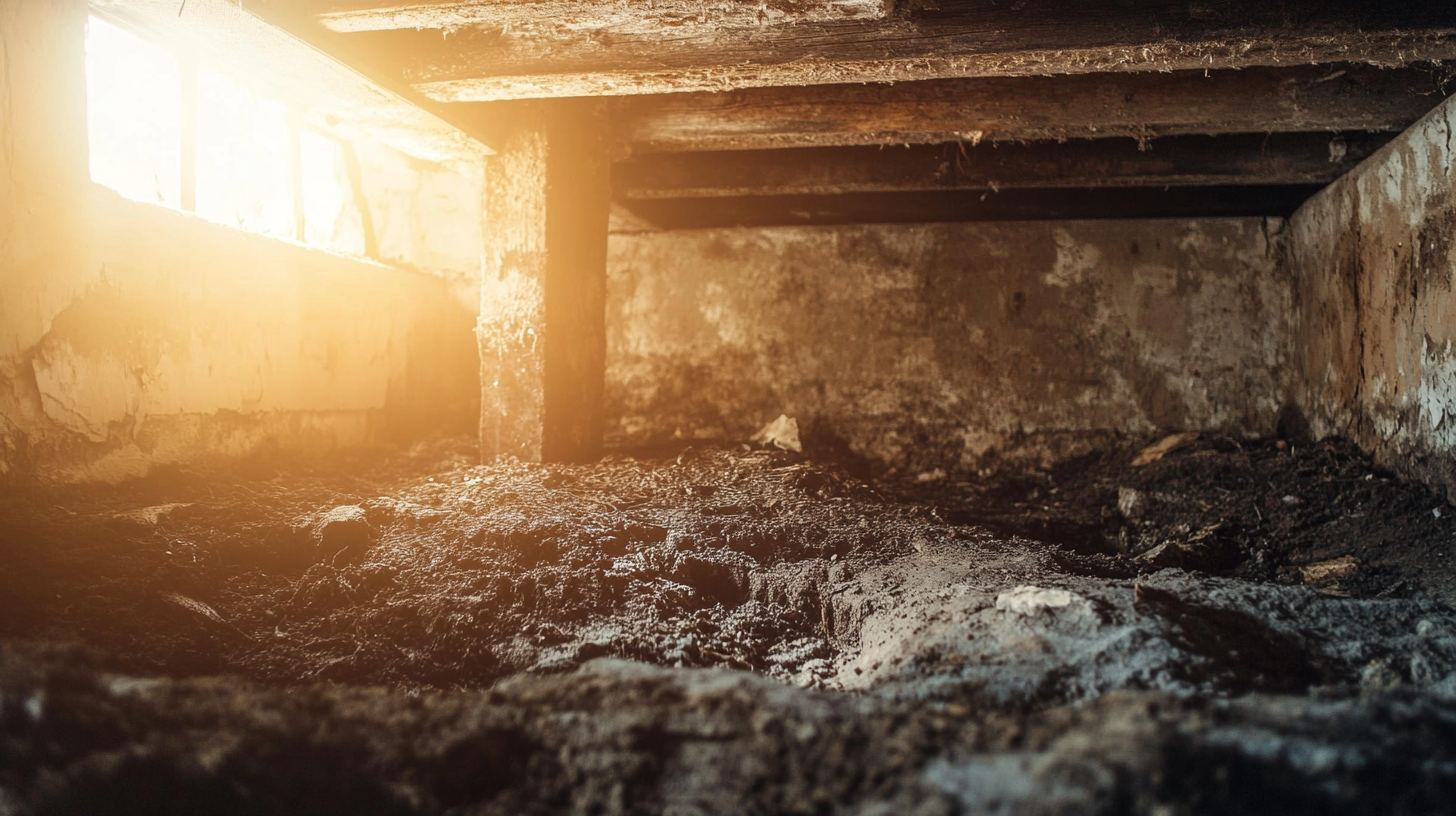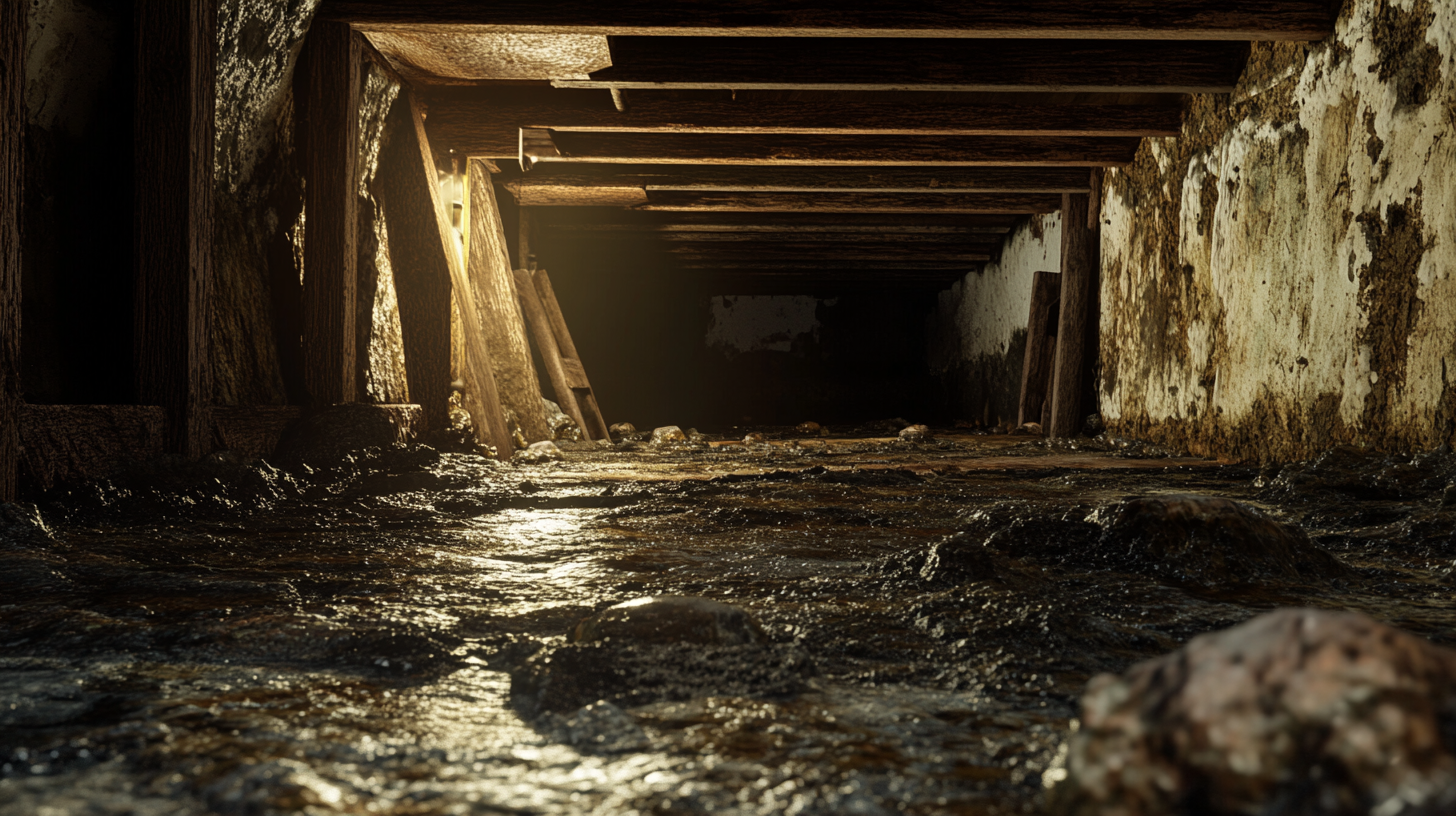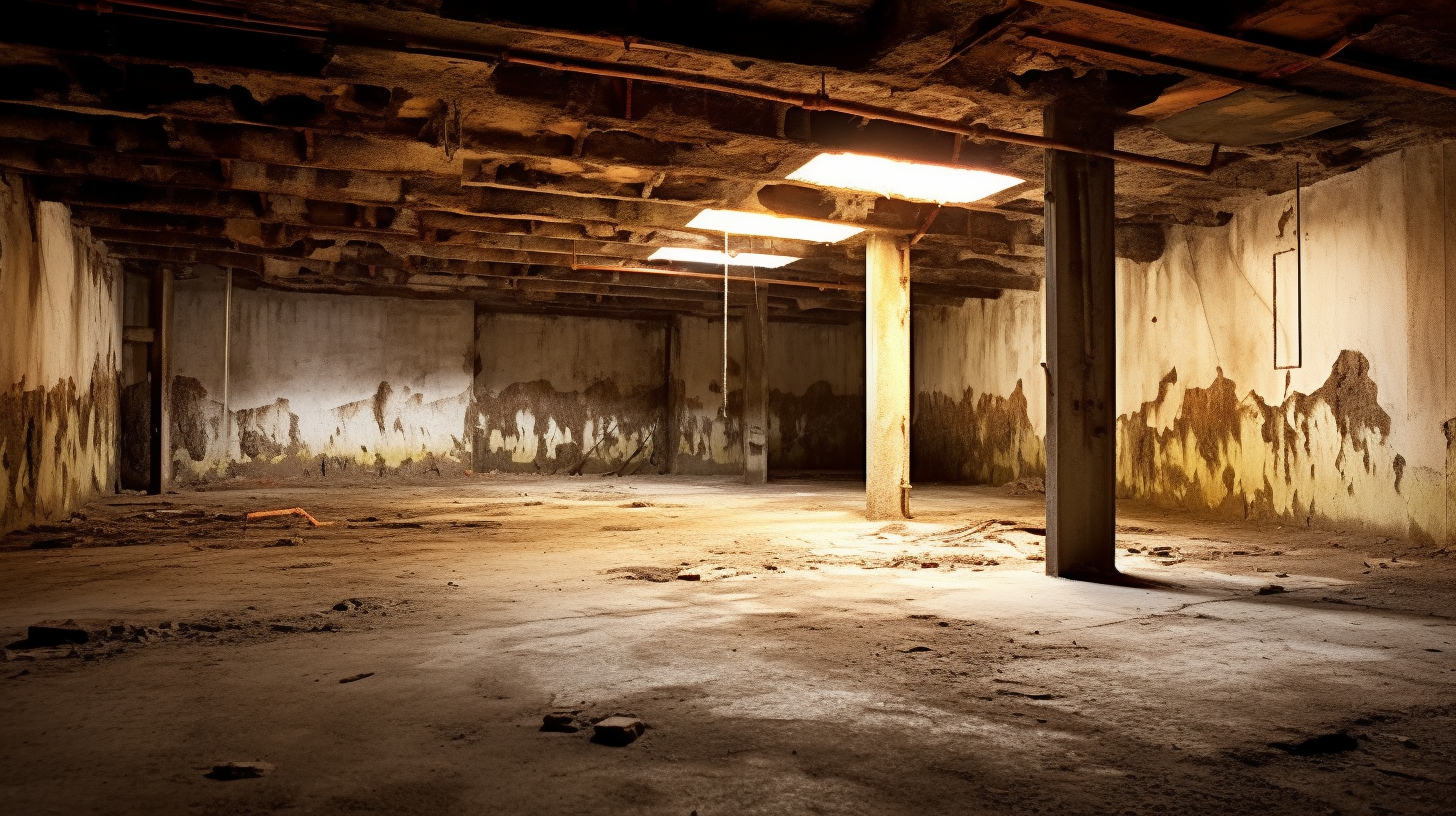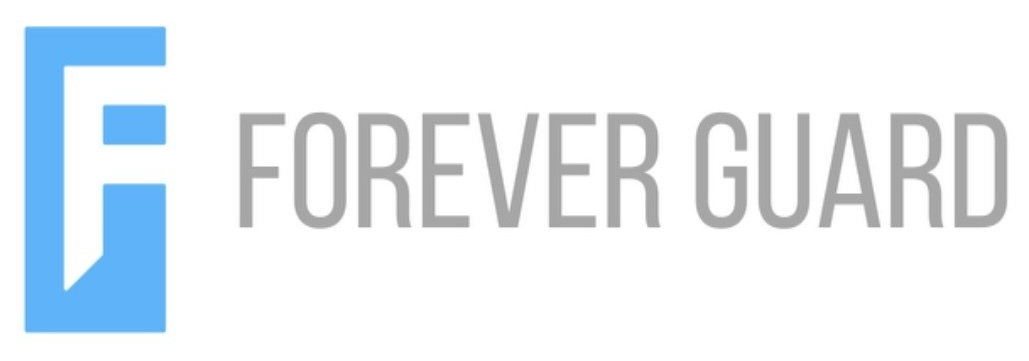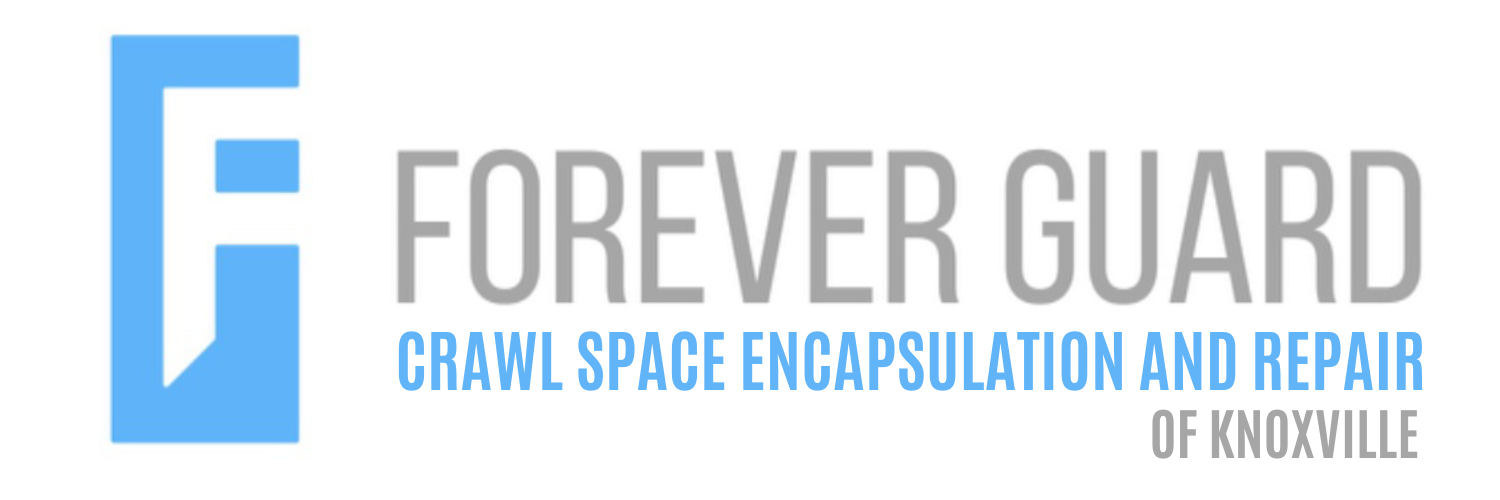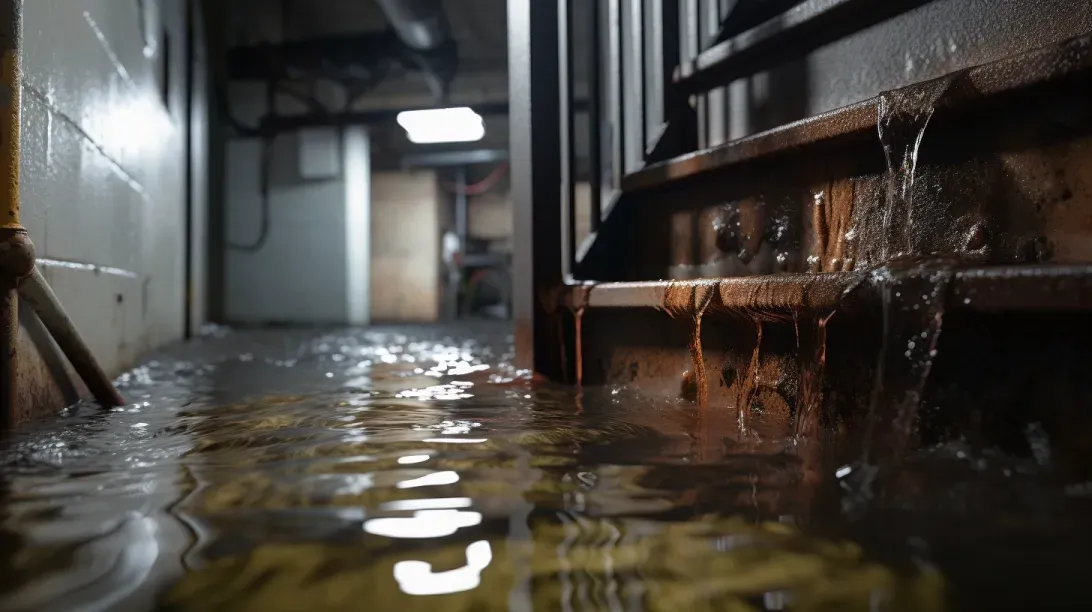Now IS THe Time To...

Crawl Space Services In Knoxville, TN
Stetson Howard: 865-432-6743
CRAWL SPACE ENCAPSULATION, REPAIR, WATERPROOFING & MOLD REMOVAL
No-Obligation, Free Inspections
No-Obligation Free Estimates
We Warranty All of Our Work
100% Satisfaction Guaranteed
Welcome to our in-depth exploration of interior waterproofing, a crucial yet often overlooked aspect of maintaining a healthy and structurally sound home. This blog delves into the significance of interior waterproofing, a key defense mechanism against moisture-related damage, mold growth, and the deterioration of building materials. Our focus extends beyond the mere implementation of waterproofing techniques; we aim to unravel the various cost aspects associated with this vital home maintenance strategy.
Interior waterproofing is not just about applying a protective layer against moisture; it's an investment in the longevity and safety of your living space. The presence of moisture within a home can lead to a host of problems, from the subtle onset of mold and mildew to the more severe compromise of structural integrity. Thus, understanding the importance of waterproofing is the first step in safeguarding your property.
However, the decision to undertake interior waterproofing projects is often intertwined with concerns about costs. In this blog, we will provide a comprehensive overview of what drives these costs, including the size and condition of the area to be waterproofed, the types of materials and methods used, and the labor costs, which can vary significantly by region. Our goal is to offer you a clear perspective on how these factors come together, influencing the overall investment required for effective interior waterproofing.
Whether you are a homeowner looking to protect your property, a DIY enthusiast considering a new project, or simply interested in understanding the financial aspects of home maintenance, this blog is designed to guide you through the complexities of interior waterproofing costs. Join us as we navigate the nuances of protecting your home from moisture, ensuring that your investment in waterproofing is both effective and economically informed.
Understanding Interior Waterproofing
Interior waterproofing is a critical aspect of home maintenance, playing a vital role in protecting your property from moisture-related damage and ensuring a healthy living environment. This section provides a comprehensive overview of what interior waterproofing is, its purpose, common methods and materials used, and factors that influence the costs involved.
What is Interior Waterproofing?
Definition and Purpose
Interior waterproofing involves techniques and processes aimed at preventing water and moisture from penetrating and accumulating within the interior spaces of a building. The primary purpose of interior waterproofing is to protect the structural integrity of the property, prevent mold and mildew growth, and maintain a dry, healthy indoor environment.
Brief Introduction of Common Methods and Materials
Several methods and materials are commonly used in interior waterproofing, including:
- Sealants: Waterproof sealants are applied to walls and floors to prevent moisture penetration.
- Drainage Systems: Interior drainage systems, like sump pumps and French drains, are installed to redirect water away from the foundation.
- Waterproof Coatings: Specialized coatings are applied to surfaces to create a moisture barrier.
- Dehumidifiers: These are used to control the humidity levels inside the home, reducing the risk of mold growth.
Factors Influencing Waterproofing Costs
Size and Condition of the Area to be Waterproofed
The cost of interior waterproofing can vary significantly based on the size of the area that needs treatment. Larger areas or spaces that require extensive preparation due to existing damage or moisture issues will typically incur higher costs.
Type of Materials and Methods Used
The choice of materials and waterproofing methods also impacts the overall cost. High-quality materials and more complex installation processes, such as internal weeping tile systems, can increase the cost. Conversely, simpler methods like applying sealants may be more cost-effective.
Labor Costs and Regional Price Variations
Labor costs play a significant role in the total expense of waterproofing projects. These costs can vary depending on the expertise of the professionals hired and the region where the work is being performed. Different regions may have varying price points due to local economic factors, availability of materials, and the level of demand.
Breakdown of Interior Waterproofing Costs
Understanding the costs involved in interior waterproofing is crucial for homeowners planning to undertake this essential home maintenance task. This section provides a detailed breakdown of the various costs associated with interior waterproofing, including materials, labor, and additional expenses that might be incurred.
Material Costs
List of Common Waterproofing Materials and Their Average Prices
Several materials are commonly used in interior waterproofing, each with its own pricing. Some of these materials include:
- Waterproof Sealants and Coatings: Prices vary based on the type (e.g., silicone, acrylic, polyurethane) and quality. Average costs can range from $30 to $100 per gallon.
- Drainage Systems: Components like sump pumps and French drains can cost between $200 to $600, depending on the system's complexity.
- Waterproof Panels and Membranes: These are used for walls and floors, with prices typically ranging from $3 to $10 per square foot.
Cost Comparison of Different Materials
The cost of waterproofing materials can vary significantly. For instance, high-end sealants and membranes are more expensive but offer better protection and longevity compared to basic options. The choice of material often depends on the specific waterproofing needs and the area's condition.
Labor Costs
Average Labor Costs for Professional Waterproofing
Labor costs for professional waterproofing can vary widely based on the project's scope and location. On average, homeowners might expect to pay between $500 to $3,000 for professional waterproofing services.
Factors Affecting Labor Costs
Several factors can influence the cost of labor, including:
- Complexity of the Project: More complex projects, such as those requiring extensive excavation or mold remediation, will typically cost more.
- Location: Labor costs can vary significantly based on regional economic factors and the cost of living.
- Experience of the Professionals: Highly experienced and reputable contractors may charge more for their services but often provide higher quality work.
Additional Costs
Potential Extra Costs
In addition to the basic costs of materials and labor, homeowners may encounter additional expenses, such as:
- Repairs: If water damage has already occurred, costs for repairs must be factored in.
- Mold Removal: If mold is present, professional mold remediation can add to the overall cost, potentially ranging from $500 to $4,000.
Cost of Tools and Equipment for DIY Projects
For those considering DIY waterproofing, the cost of tools and equipment should be considered. This can include the purchase or rental of dehumidifiers, wet vacuums, drills, and other necessary tools. Depending on the tools' quality and quantity, this can add several hundred dollars to the project cost.
DIY vs. Professional Waterproofing
When it comes to waterproofing your home, one of the critical decisions you'll face is whether to take on the project yourself (DIY) or hire a professional. This section provides a detailed cost comparison between DIY and professional waterproofing, highlighting the pros and cons from a financial perspective, and guides you on when it might be more cost-effective to choose DIY, including the necessary skills and tools required.
Cost Comparison
Comparative Analysis of DIY and Professional Waterproofing Costs
The cost of waterproofing can vary significantly depending on whether you choose a DIY approach or hire professionals.
- DIY Costs: Involves the cost of materials, tools, and potentially, the rental of specialized equipment. While the upfront material costs might be lower, the need for specific tools and the value of your time should be considered.
- Professional Costs: Includes both labor and materials. Professionals can often source materials at a lower cost due to industry connections but will add labor charges.
Pros and Cons from a Financial Perspective
- DIY Pros: Potential savings on labor costs; more control over material selection and costs.
- DIY Cons: Additional costs for tools and equipment; potential for higher costs due to mistakes or inefficiencies.
- Professional Pros: Expertise and efficiency; potential for long-term cost savings due to higher quality work.
- Professional Cons: Higher initial cost due to labor charges; less control over material selection.
When to Choose DIY
Situations Where DIY Can Be Cost-Effective
DIY waterproofing can be a cost-effective solution in certain situations, such as:
- Small Projects: Simple projects like applying sealants or minor repairs.
- If You Have the Necessary Skills: If you have experience with similar home improvement projects.
- Availability of Tools: If you already own or can easily access the required tools.
Necessary Skills and Tools for DIY Waterproofing
To successfully undertake DIY waterproofing, you need:
- Skills: Basic understanding of waterproofing techniques, ability to identify problem areas, and knowledge of how to use various tools.
- Tools: Depending on the project, this could include sealants, waterproof coatings, brushes, rollers, caulking guns, and potentially, more specialized equipment like dehumidifiers or sump pumps.
Cost-Effective Waterproofing Solutions
Finding cost-effective solutions for waterproofing your home is essential for maintaining its integrity and value without breaking the bank. This section explores various budget-friendly waterproofing methods and provides tips for saving money without compromising on quality. Additionally, we will delve into the long-term cost benefits of quality waterproofing, emphasizing how it can prevent costly damage and repairs in the future.
Budget-Friendly Waterproofing Methods
Recommendations for Cost-Effective Waterproofing Options
Several waterproofing methods offer effectiveness without a hefty price tag. Some of these include:
- Applying Waterproof Sealants: Using sealants is a relatively inexpensive way to protect against moisture. Sealants can be applied to walls, floors, and joints.
- Improving Drainage: Ensuring proper drainage around your property can prevent water accumulation. Simple measures like cleaning gutters and installing downspout extensions are cost-effective.
- Using Water-Resistant Paint: Water-resistant paint for interior walls, especially in high-moisture areas like bathrooms and kitchens, can be an affordable waterproofing solution.
Tips for Saving Money Without Compromising Quality
- Do Your Research: Understand the specific waterproofing needs of your home to avoid unnecessary expenses.
- DIY Where Possible: For simpler tasks, consider a DIY approach to save on labor costs.
- Shop Around for Materials: Compare prices from different suppliers to find the best deals on waterproofing materials.
- Preventative Maintenance: Regularly inspecting and maintaining your home can prevent minor issues from turning into expensive problems.
Long-Term Cost Benefits
Analysis of How Quality Waterproofing Can Save Money in the Long Run
Investing in quality waterproofing may have a higher initial cost, but it offers significant long-term savings:
- Preventing Structural Damage: Quality waterproofing protects the structural integrity of your home, preventing costly repairs due to water damage.
- Avoiding Mold Remediation Costs: Effective waterproofing reduces the risk of mold growth, which can be expensive to remediate.
- Enhancing Property Value: A well-maintained, waterproofed home retains its value better and is more attractive to potential buyers.
Preventing Costly Damage and Repairs
Longevity of Waterproofing Solutions: High-quality waterproofing solutions tend to last longer, reducing the frequency and cost of reapplications.
Reduced Energy Costs: Proper waterproofing can also contribute to better insulation, leading to lower heating and cooling costs.
Estimating Your Waterproofing Project
Accurately estimating the costs of a waterproofing project is crucial for effective budgeting and planning. This section provides a step-by-step guide to help you calculate the potential costs of your waterproofing project, along with considerations for creating an accurate budget. Additionally, we offer tips on obtaining and comparing quotes from professionals, and what to look for in a waterproofing service quote.
How to Calculate Costs
Step-by-Step Guide to Estimating Waterproofing Costs
To estimate the costs of your waterproofing project, follow these steps:
- Assess the Area: Measure the area that needs waterproofing to determine the amount of materials needed.
- Choose Materials and Methods: Decide on the waterproofing materials and methods suitable for your project. This will impact the overall cost.
- Calculate Material Costs: Based on your measurements and chosen materials, calculate the total cost of materials.
- Factor in Labor Costs: If you're hiring professionals, consider their labor costs. This can vary based on the project's complexity and your location.
- Include Additional Costs: Don’t forget to include costs for any additional repairs, mold remediation, or specialized equipment if needed.
Considerations for Accurate Budgeting
- Quality of Materials: Higher quality materials may cost more but can offer better longevity and effectiveness.
- Complexity of the Project: More complex projects (e.g., addressing severe water damage) will likely increase the cost.
- Unexpected Costs: Always include a contingency budget for unforeseen expenses.
Getting and Comparing Quotes
Tips for Obtaining and Evaluating Quotes from Professionals
To get the most accurate and fair pricing for your waterproofing project, consider the following:
- Get Multiple Quotes: Approach several contractors to get a range of quotes.
- Check Credentials: Ensure the professionals are licensed, insured, and have good reviews or references.
- Be Specific About Your Needs: Provide detailed information about your project to get the most accurate quotes.
What to Look for in a Waterproofing Service Quote
When evaluating quotes, pay attention to:
- Detailed Breakdown of Costs: Look for a quote that clearly breaks down the costs of materials, labor, and any additional charges.
- Scope of Services: The quote should specify what services will be provided and the methods to be used.
- Warranty or Guarantee: Check if the service includes a warranty or guarantee for the work performed.
- Timeline: A good quote should also provide an estimated timeline for the completion of the project.
FAQs
Recent Blog Posts
Crawl Space News
